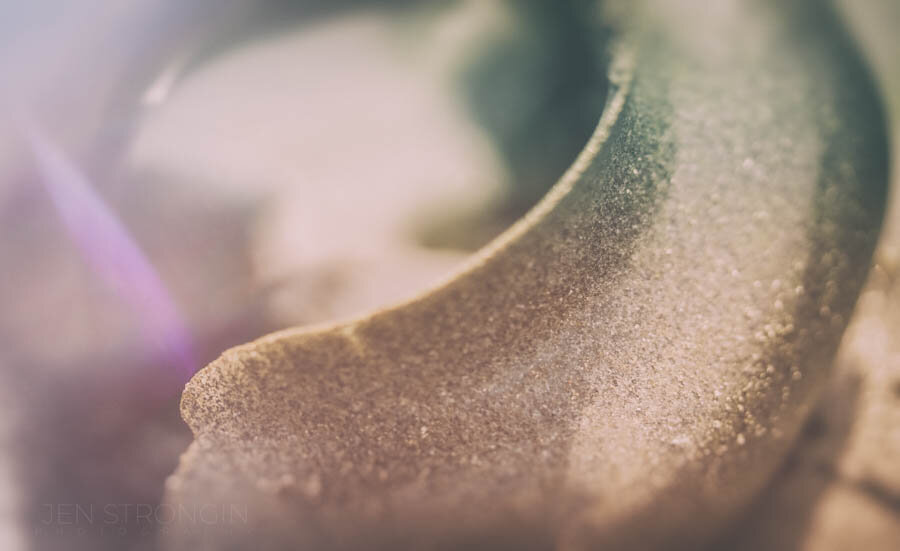The first decent spring low tides happened this week and I was really excited to visit my local tide pools and use some new tools to document the PNW marine environment I love so much. I took several of my Lensbaby lenses and tools, including the Sol 45, Edge 50, Twist 60 and Omni Creative filters. I have to admit, it was challenging. Shooting marine life with these lenses was really different than my straightforward Sony 90mm macro lens. I am the master of that lens:) I have been using it for the past couple of years and it feels like a natural extension of myself. Shooting with the Lensbaby lenses is like picking up a new tool and feeling awkward. Kind of like when I first started knitting. It took time to train my hands to feel comfortable holding the needles and making a stitch. After doing it for a bit of time, it now feels so natural and it is hard to remember it was ever a challenge.
I love photography because it helps me express myself and I am continually learning new skills. This keeps my brain and my soul stimulated, even during challenging times like this past year during the pandemic. So, I am learning a new skill and I hope by the end of the summer, these lenses will also feel as comfortable and familiar as my 90mm.
What do you do to challenge yourself with your art?
This HUGE Ling Cod head was providing quite the feast for the gulls at the beach. When I walked over to it, they yelled at me and walk away, but it didn’t take long for them to come back, even when I was so close by. Lensbaby Twist 60
Spring is THE time to find the Shag Rug or Shaggy Mouse nudibranch on our beaches. The bushy bits on their backs help them breathe, digest and hold on to the stinging cells of their sea anemone prey for their own defense. Lensbaby Omni Stretch Wand
Barnacles are crustaceans- related to crabs and shrimp. When they grow, they molt, like snakes shedding their skin. This barnacle molt was about ready to drop off! Lensbaby Omni Creative Filter
The Seaweeds! Spring is a great time to be on the beach. The spring seaweeds are out, but the beach is not too covered by massive seaweed blooms yet, making it easier to spot lots of creatures. I love the frilly ruffles of this red seaweed. Lensbaby Sol 45
90% of Sunflower Sea Stars were wiped out during the 2014-15 Sea Star Wasting Syndrome event, and they are now on the critically endangered list. I was thrilled to see this healthy one hanging out in a rocky outcrop in West Seattle. Lensbaby Sol 45
Flowing Sea Lettuce in the intertidal zone. Lensbaby Sol45
Soda Straw Seaweed arrives in early spring. You won’t see so much of it as the summer gets going. Lensbaby Creative Omnifilter
I was surprised to see this Giant Green anemone in Edmonds. We generally only see them in outer coastal areas. This one was just hanging out, all by its lonesome, looking spectacular. Lensbaby Twist 60, Creative Omnifilter
Although they look like old plungers, these are Moon Snail egg collars. They are made with sand, mucus and 500,000 eggs. Lensbaby Creative Omnifilter
Everyone in the intertidal is busy making babies in the spring! These are whelk eggs, and you will find them covering rocks, along with masses of whelks getting it on. Lensbaby Omnifilter Stretch Wand
Eelgrass is one of the most important intertidal habitats. It provides shelter for juvenile fish like salmon, a place to hide from predators for crabs and invertebrates, and a great substrate for many animals to lay their eggs. Lensbaby Edge 50




























